
ANIMALS IN THE WILD AREN'T known for their willingness to take direction. This is a big part of the excitement of wildlife photography: animals are unpredictable and can move at any time, depending on their whim - whether that's feeding, finding a mate, seeking shelter or caring for their young. As models, a lion, frog or gorilla is unlikely to strike or hold a particular pose while you take their picture. They don't care at all whether you get your shot. While the elements in a human portrait, such as physical positioning and setting, are usually a collaboration, with wildlife photography, the animal is in charge and it's up to you to adapt and respond, and to do so quickly.
THREE TOP TIPS
GET DOWN LOW
The top of an animal's head, as seen from the top of a safari vehicle, is rarely its best angle. Getting eye-to-eye makes for more engaging pictures. If it's safe, get your feet or chest on the ground. Avoid standing, even if you need to stay in a safari vehicle. Crouch down, lay flat or take the front passenger seat, which is usually lower than the raised back.
LOOK FOR LIGHT
This story is from the Spring 2022 edition of BBC Wildlife.
Start your 7-day Magzter GOLD free trial to access thousands of curated premium stories, and 9,000+ magazines and newspapers.
Already a subscriber ? Sign In
This story is from the Spring 2022 edition of BBC Wildlife.
Start your 7-day Magzter GOLD free trial to access thousands of curated premium stories, and 9,000+ magazines and newspapers.
Already a subscriber? Sign In

SNAP-CHAT
Justin Gilligan on giant spider crabs and holding hands with an octopus
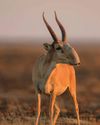
STEPPE CHANGE
Herds of saiga have returned to Kazakhstan, but there's a fine balance to tread
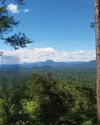
TREES FOR LIFE
Community is at the heart of conservation in the tropical forests of southern Belize
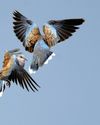
WHEN DOVES CRY
Turtle doves are now the UK's fastest declining bird species, but the RSPB is on a mission to save them

SURVIVAL OF THE CUTEST
We can't help being drawn to cute creatures, but our aesthetic preferences both help and hinder conservation
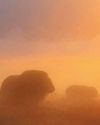
LIGHT ON THE NORTH
Spectacular images of Arctic foxes, reindeer and musk oxen reveal the wild beauty and diversity of Scandinavia
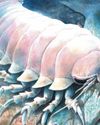
ROLLING IN THE DEEP
The super-sized crustacean that lives in the deepest, darkest ocean
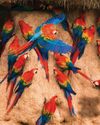
LET'S GET TOGETHER
Clay licks deep in the Amazon explode in a riot of colour, with macaws the stars of the show
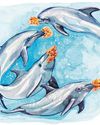
FEMALE OF THE SPECIES
To sponge or not to sponge? That is the question for the bottlenose dolphins (Tursiops aduncus) living in Shark Bay, Western Australia.
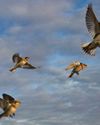
7 nature encounters for the month ahead
WITH NATURALIST AND AUTHOR BEN HOARE